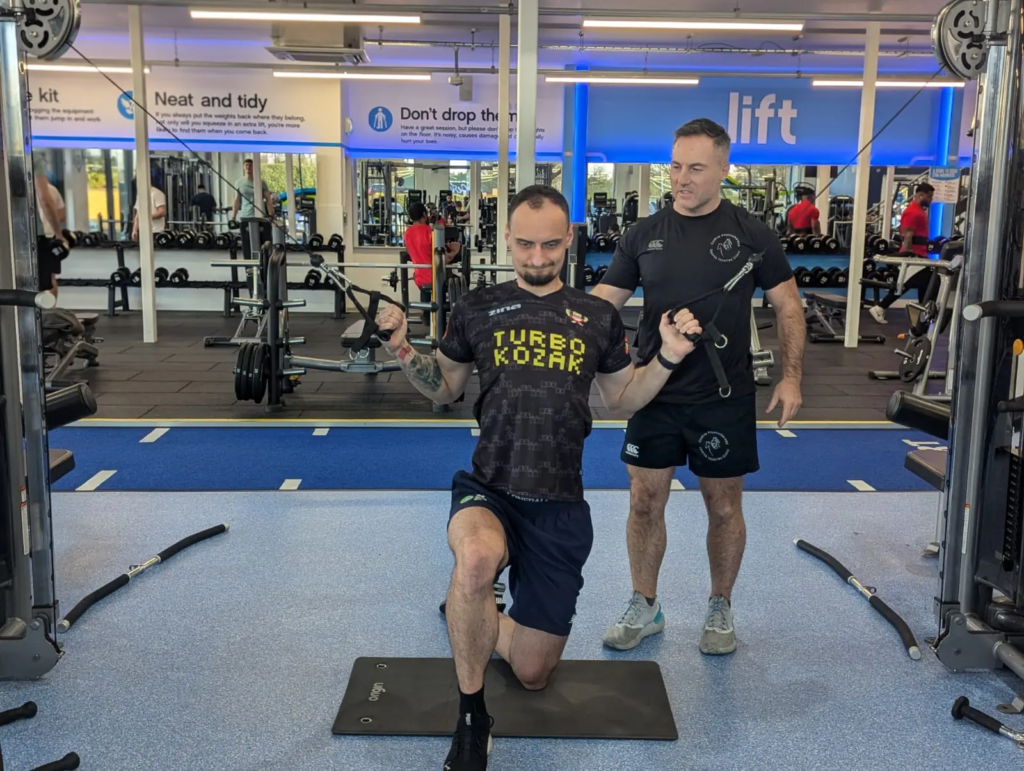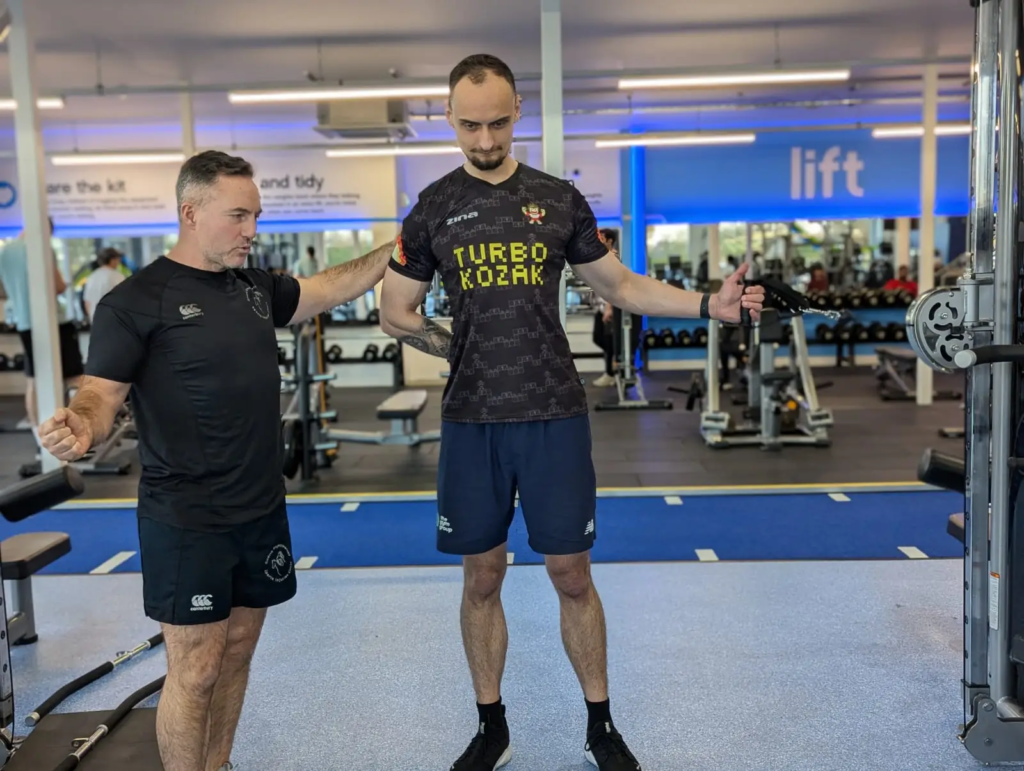Unlocking Peak Performance: The Wonders Of Physiotherapy For Bodybuilders
For weightlifters and bodybuilders, pushing physical limits is a way of life. Every lift, every set, and every rep is a testament to their commitment to strength and endurance.
But achieving peak performance while avoiding injuries requires more than just brute force and discipline. It demands an intricate understanding of the body. This is where physiotherapy steps in, offering an unparalleled edge in optimising stability, preventing injuries, and enhancing performance.
“Physiotherapy empowers weight trainers by optimising movement, enhancing stability, and preventing injuries, ensuring every lift is safe.” – Damien Delahunty
What Is Physiotherapy?
Physiotherapy, often regarded as the cornerstone of physical health and rehabilitation, focuses on assessing, diagnosing, and treating physical dysfunction through evidence based techniques. It addresses imbalances, strengthens weak areas, and restores proper movement patterns. For weightlifters and bodybuilders, this translates into reduced injury risk, improved biomechanics, and maximised muscle engagement.
How Physiotherapy Enhances Stability For Lifters
Stability is the foundation of safe and effective weightlifting. Without it, even the strongest lifters are at risk of injury or poor performance. Physiotherapists specialise in identifying instability in key areas such as the core, hips, and shoulders – critical regions for maintaining control during heavy lifts like squats, deadlifts, and overhead presses.
Core Stability – The Powerhouse Of Performance
Physiotherapy strengthens the deep stabilising muscles of the core, such as the transverse abdominis and multifidus. These muscles protect the spine and enhance posture, ensuring efficient force transfer during lifts. Tailored exercises, like planks with variations, bird-dogs, or anti-rotation drills, can eliminate energy leaks and prevent lower back pain.
Shoulder Stability – Protecting The Rotator Cuff
Weightlifting and bodybuilding heavily rely on shoulder mobility and strength. Physiotherapy targets the rotator cuff muscles to reduce the risk of impingement and injuries. Techniques like banded external rotations, scapular stability drills, and soft tissue release ensure shoulders remain strong and mobile.
Hip Stability – The Key To Power Generation
Physiotherapists address hip imbalances and mobility deficits that can hinder squats or deadlifts. Focused interventions like glute activation, hip flexor stretching, and lateral stability exercises unlock more efficient movement patterns.


Injury Prevention Through Physiotherapy
Injuries are the bane of any athlete’s career, and for weightlifters and bodybuilders, they can derail progress for weeks or months. Physiotherapists play a crucial role in identifying potential risk factors before they evolve into injuries.
Functional Assessments
Physiotherapists analyze movement patterns to detect compensations or imbalances that may lead to injuries. By addressing these weaknesses, athletes can avoid overuse or strain.
Soft Tissue Management
Techniques such as myofascial release, trigger point therapy, and dry needling reduce tightness and promote recovery.
Joint Health
Exercises that improve joint integrity and mobility prevent wear and tear from repetitive loading.
Physiotherapy For Performance Enhancement
Beyond injury prevention and stability, physiotherapy directly contributes to performance gains. By refining movement mechanics, athletes can lift more weight, with better form, and with greater confidence.
Improved Mobility For Greater Range Of Motion
Mobility drills tailored by physiotherapists can help lifters achieve deeper squats, better hip hinge mechanics, and improved overhead reach – critical for maximising performance.
Enhanced Muscle Activation
Physiotherapy ensures muscles fire in the correct sequence, eliminating compensations that reduce efficiency. Techniques like neuromuscular re-education boost muscle engagement during heavy lifts.
Faster Recovery
Incorporating recovery modalities such as cryotherapy, hydrotherapy, and guided stretching sessions accelerates muscle repair and reduces soreness, enabling more frequent training.
Physiotherapy In Action
Imagine a competitive bodybuilder struggling with recurring knee pain during squats. A physiotherapist diagnoses tight quadriceps, weak glutes, and limited ankle mobility as contributing factors. Through a customised program involving hip thrusts, foam rolling, ankle dorsiflexion exercises, and squat retraining, the athlete not only eliminates the pain but also achieves a deeper squat with increased load.
Physio – The Secret Weapon For Lifters
Physiotherapy is more than a remedy for injuries. It’s a proactive strategy to unlock an athlete’s full potential. By focusing on stability, mobility, and recovery, physiotherapists empower weightlifters and bodybuilders to lift heavier, train harder, and stay injury-free. For those serious about their craft, incorporating physiotherapy into their regimen isn’t just an option – it’s a game-changer. Whether you’re a seasoned competitor or just starting your lifting journey, the wonders of physiotherapy can help you achieve new heights in strength, performance, and longevity.
So, the next time you step into the gym, remember: lifting smart is just as important as lifting heavy, and physiotherapy is your ultimate ally in the pursuit of greatness.

